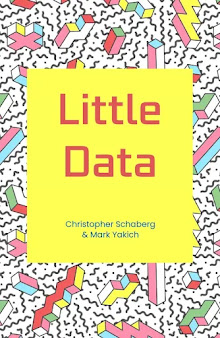In thinking about how to teach fiction through an integrated new media approach, I wish to explore a theory for "digital mapping." I am using the term "digital mapping" in a geographic sense as well as in a more metaphoric, networked sense.
Annie Proulx's story "The Hellhole" (from her collection Bad Dirt, 2004) considers rugged landscape as both a fictive and a geologic terrain. In the spirit of Hawthorne, Proulx concocts a magically dark tale about the metaphysical niceties of public space and the everyday ethics of hunting. The main character is Creel Zmundzinski, a Fish and Game warden in Elk Tooth, Wyoming. Creel discovers a certain thermal feature near a turnout that will swallow poachers whole, if he catches them in the act of brutal animal slaughter and then leads them to the sinkhole. But when this morally charged topography becomes overused, its secret is unknowingly paved over by the Forest Service.
Where is this mythical space, and how might it align with a real place? Google Maps to the rescue. There appears to be no actual town called "Elk Tooth"— however, the corresponding Google search culls hits for several websites where one can purchase "elk ivory jewelry." As one site informs its readers/consumers: "The Jensen Family's strong belief in western values led us to exclusively offer our Elk Ivory Jewelry. Elk teeth may appear to be teeth, but are actually the remains of prehistoric tusk, which is ivory." Two Google clicks from the fictitious Elk Tooth, and one finds oneself in an ambiguous (yet real) thicket of rhetoric concerning "western values," prehistory, and the commodification of animal parts in a global (and virtual) marketplace. It is worth noting that in Proulx's story, Creel's drinking buddy and Forest Service pal is named "Plato Bucklew." How did we get from Plato's cave to Elk Tooth, Wyoming? Western values, indeed.
This is one mere path across the digitally mappable contours of Proulx's story "The Hellhole." One can imagine an entire class structured around small group work in which students map the narrative using online materials and then present their findings in multimedia essays at the end of class. For instance, one group of students might explore the ecology of Wyoming's thermal features and provide images to supplement the textual descriptions of a steaming, burbling earth. This online activity, though, should not be thought of as an end in and of itself, but always as a way to analyze how associative links are made in prose and on the internet, and where these two medial networks intersect, overlap, clash, or diverge entirely. What makes a story a text? What can a text make of the internet?
skip to main |
skip to sidebar

An English professor's notes on airports, writing, & fly-fishing

- Christopher Schaberg
- Director of Public Scholarship Washington University in St. Louis












